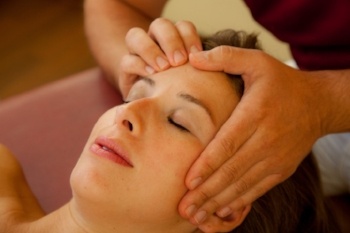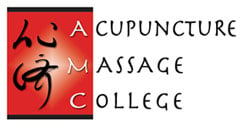 Massage is an ancient healing therapy that has been practiced for centuries, with Shiatsu being a relatively new modality in the history of massage. Traditional Chinese medicine came to Japan in the 6th century via a Buddhist monk, but it wasn't until the early part of the last century that Shiatsu was founded there.
Massage is an ancient healing therapy that has been practiced for centuries, with Shiatsu being a relatively new modality in the history of massage. Traditional Chinese medicine came to Japan in the 6th century via a Buddhist monk, but it wasn't until the early part of the last century that Shiatsu was founded there.
Concerned that massage was becoming too focused on pleasure and relaxation, a practitioner named Tamai Tempaku developed Shiatsu, according to the Shiatsu Society. Part of what distinguished Shiatsu from traditional massage was the incorporation of Western sciences into the practice.
More about the history of Shiatsu massage therapy
In 1964, the Japanese government recognized Shiatsu massage therapy as its own unique discipline, separate from traditional Chinese medicine massage variably known as anma, anmo or tui na. The word "shiatsu" means "finger pressure" in the Japanese language, which gives insight into the technique. Practitioners use the fingers — as well as palms, thumbs, elbows and more — to manipulate the body and encourage its own healing abilities.
Two important fields of modern Western science inform Shiatsu practice — anatomy and physiology.
Anatomy: The branch of science focused on the structure of living things, including humans and animals. This ranges from visible parts of a body to what can be observed at the microscopic level. It's a study that dates back 2,000 to the ancient Greeks. Studying anatomy also includes learning about the 11 body systems, along with the parts of the body.
Physiology: The field is concerned with the living body as a whole, as well as the relationship between body parts. "Physiology is the study of how molecules, cells and organs interact to form a whole being," according to the Physiological Society. Part of the study of physiology includes learning about the function of organs, cells and biological compounds — and how these function together within a living organism.
Along with anatomy and physiology, Shiatsu massage therapy also incorporates principles from physiotherapy — a type of movement therapy — and chiropractic care as well. As part of a program of study on massage therapy, especially one that includes a Shiatsu focus, students should expect to take classes in these disciplines.
More facts about Shiatsu massage therapy
Over the years, different styles within Shiatsu have even emerged. "Practitioners around the world are still evolving new approaches to treatment," the Shiatsu Society says. Different styles of Shiatsu massage therapy include:
- Zen Shiatsu
- Macrobiotic Shiatsu
- Healing Shiatsu
- Namikoshi Shiatsu
- Movement Shiatsu
- Hara Shiatsu
In general, though, Shiatsu relies on a gentle pressure to improve energy flow and achieve a harmonic balance within a patient — to alleviate medical conditions, reduce stress and optimize well-being. Like all holistic treatments, it takes an approach that considers the whole person and not just the body and its physical symptoms. Shiatsu massage therapists take into consideration a person's mind, body and spirit.
Despite Tempaku's intention of distinguishing his new technique from massage focused solely on pleasure and relaxation, Shiatsu is still a deeply relaxing and enjoyable experience for the patient.
What is shiatsu massage good for treating?
Shaitsu massage is appropriate for treating a variety of medical conditions, ranging from migraine headaches to sports injuries to chronic pain.
Students of massage therapy at the Acupuncture and Massage College in Miami graduate with a certification in Shiatsu massage and hands on experience. Learn more about how to apply by contacting the admission department at (305) 595-9500.

 (305) 595-9500
(305) 595-9500







